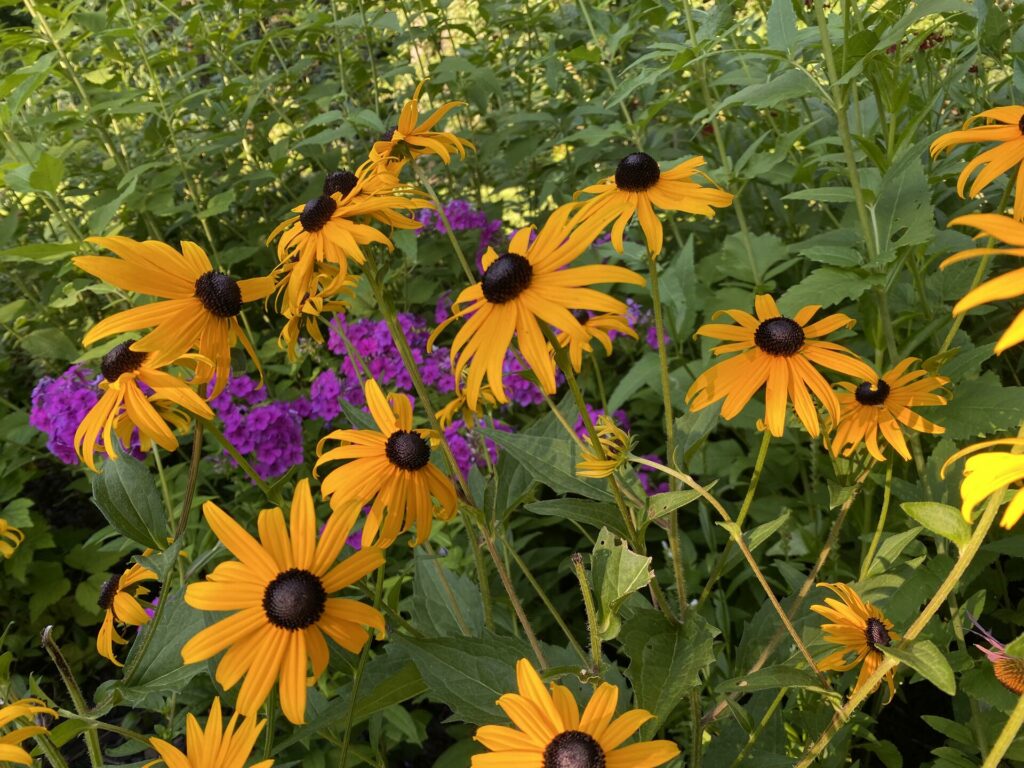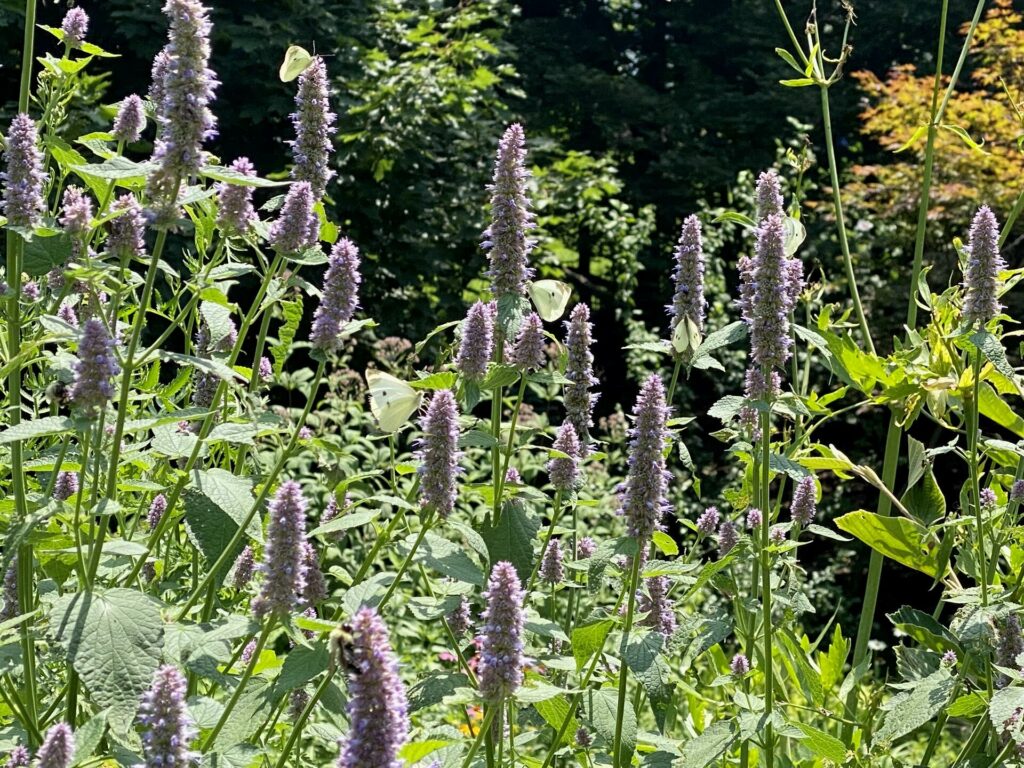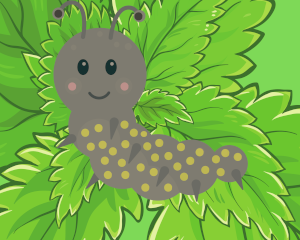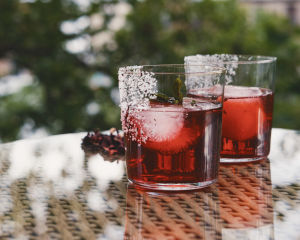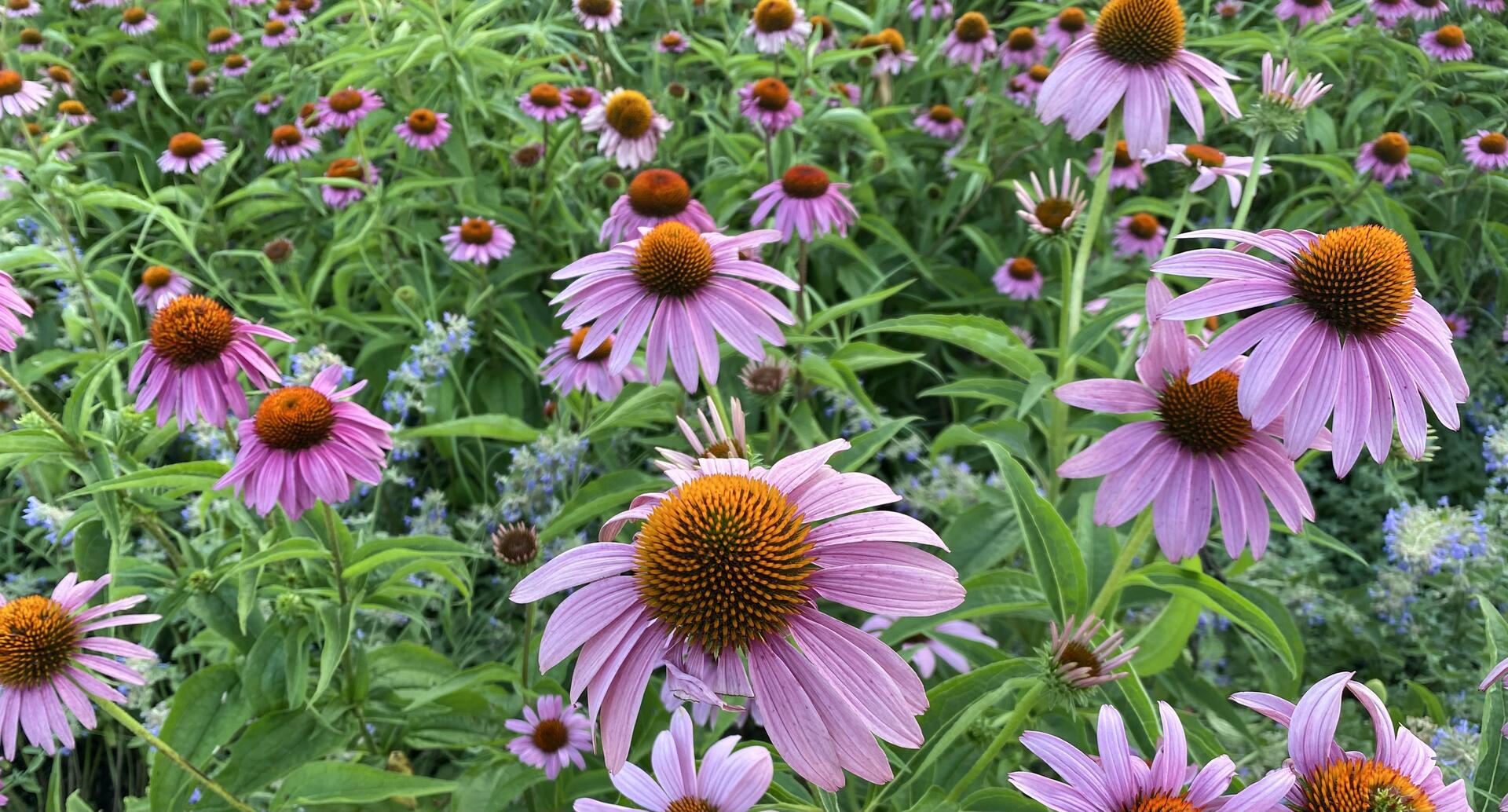
Purple Cornflower (Echinacea purpurea)
Plants That Take the Heat
By Gayil Nalls
Sign up for our monthly newsletter!
In the latest manifestation of climate change, it’s not just Arizona, Florida, and Texas that are on fire hot. It’s Mexico, India, Spain, China, and much of the rest of the world. Globally, the heat has been breaking records with the hottest days in known history. A persistent, life-threatening heat wave has tested many species of plants to their limits and these surging temperatures are predicted to continue to accelerate.
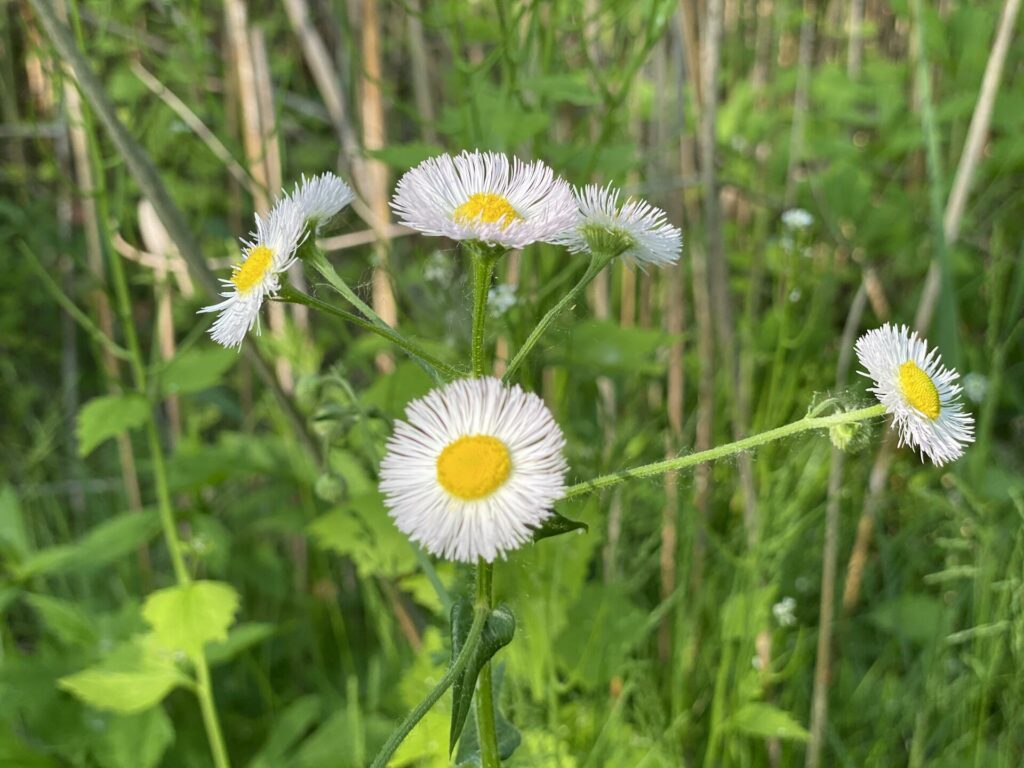
I was thinking about the stress that plants are under when an article that I read about a year ago popped into my head. It was by the English historian and Garden Master Robin Lane Fox, who writes a gardening column for the FT Weekend. In the article, he pointed out that the plants that keep their cool without constant watering are those with taproots or silver leaves. A good point, as plants with taproots are undeterred in their search for water. He liked Verbascum olympicum and hollyhocks and thought everyone should consider planting Alcalthaea suffrutescens ‘Parkallee’, for their gardens in these stressed times. It’s a hollyhock hybrid (between Alcea Rosa and Althaea Officinalis), a plant he called a “triumph of breeding”. He explained further that silver-leaved or grey-leaved plants are well suited to hot times because their color increases reflection and their texture reduces transpiration. Think lavender or the plants that look like it, such as Perovskia atriplicifolia. He suggested that Atriplex halimus, known as the Mediterranean saltbush, is a good choice of a plant that can “keep its cool” (and is edible). He also recommended the Grecian Horehound (Ballota pseudodictamnus), the Dusty Miller (Senscia viravira), the aromatic Tree Germander (Teucrium fruticans), and the Silver Tansy (Tanacetum niveum). In all, a selection he says he wishes he had planted in masse when the temperatures were wreaking havoc in his garden.
I understand the sentiment. As temperatures rise, I have watched some of the plants on my property in upstate New York wilt with a few disappearing altogether. I’ve been taking notes and looking at what flowers are most likely to survive the rising temperatures.
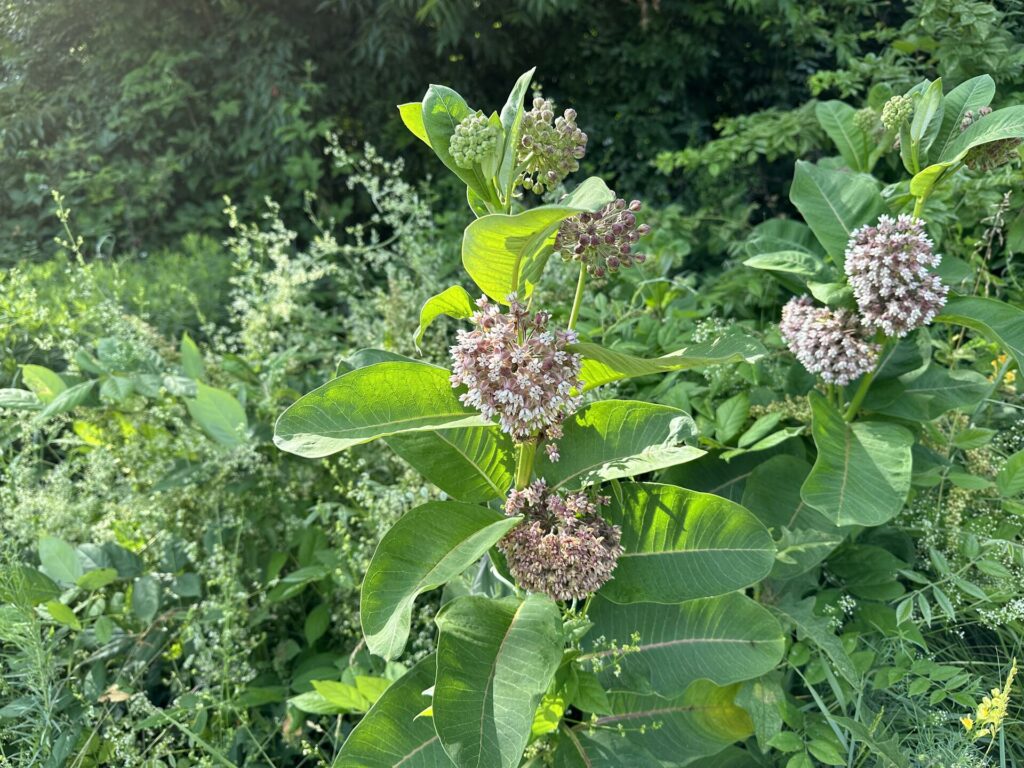
Even though zinnias, geraniums, sunflowers, and marigolds are generally heat-tolerant and easy to find in nurseries, I have found that my tropical natives, such as Lantana, Lemon Verbenas from South America, Cosmos from Mexico, and Salvias whose purple-blue flowers bloom all over the Mediterranean, are all doing well. However, most of these flowers are annuals in the New York upstate area. Then there are Sedums, a group of succulents who love the heat but can’t stand wet soil.
But by far the plants in my garden that are low-maintenance and thriving are the natives that are both drought and heat-tolerant, coming back spring after spring.
These native plants include Butterfly Weed (Asclepias tuberosa), Black-eyed Susan (Rudbeckia), Prickly Pear Cactus (Opuntia humifusa), Black Cohash (Actaea racemose) Joe-Pye Weed (Eutrochium), Purple Cornflower (Echinacea purpurea) and Eastern Swamp Milkweed (Asclepias incarnata). One that continues to do well both in the ground and in pots is Anise hyssop (Agastache foeniculum). The False Indigo (Baptisia australis), Yarrow (Achillea), Russian Sage (Salvia yangii), Catmint (Nepeta x faassenii) hold up well with a little watering. I also include native annuals among my plants near the shadier wooded sections, self-seeders, and adaptive performers such as jewelweed (Impatiens capensis) with its beautiful, small, orange flowers and daisy-like fleabane (Erigeron annuus).
Echinacea is a favorite, but when it comes to this genius, one needs to be a little careful. There are so many cultivars that have been bred away from the substance of the iconic Echinacea augustifolia, a very important medicinal plant, of which there were possibly 10 natural species. Even if you aren’t using your coneflowers medicinally, you might want to focus primarily on Echinacea augustifolia, because it’s a tough drought-resistant native plant with broad ecological services, that evolved in grass meadows, and is best for the pollinators that coevolved with it. Echinacea augustifolia was one of the most used medical plants by Native Americans. Settlers learned its bioactive powers from them and sent it back to Europe. However, if you’re going for drought-resistant and visuals, there’s a designed Echinacea with a taproot rather than a fibrous root.
I personally enjoy the rewards of growing vegetables; however, I also love growing aromatic flowers, culinary herbs, and medicinal plants. Understanding the constructive purpose of our labor brings us closer to our heritage of human culture and our own philosophies. You can read into it by identifying what’s in your flower beds. Through the practice of gardening and contemplation, we build an understanding of the real world, how it really works, and how we can work with it.
Gayil Nalls is an interdisciplinary artist, gardener, and conservationist. She is the founder of World Sensorium / Conservancy and editor of its journal Plantings.
Fox, Robin Lane, Plants the Keep Their Cool, Financial Times Weekend, July 23-24, 2022,

As Ireland transitions from the rich, smoky scent of peat-burning to a more sustainable future, its olfactory heritage is evolving. What will become the next iconic aromatic symbol of Ireland?
Click to watch the documentary trailer.


